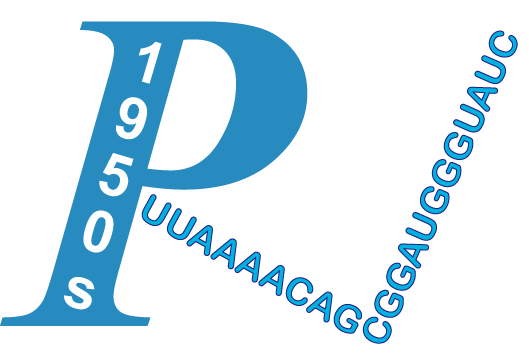| Title | Co-infections among patients with COVID-19: The need for combination therapy with non-anti-SARS-CoV-2 agents? | ||
| Author | Lai, Chih-Cheng; Wang, Cheng-Yi; Hsueh, Po-Ren | ||
| Journal | J Microbiol Immunol Infect | Publication Year/Month | 2020-Aug |
| PMID | 32482366 | PMCID | PMC7245213 |
| Affiliation + expend | 1.Department of Internal Medicine, Kaohsiung Veterans General Hospital, Tainan Branch, Tainan. | ||
Co-infection has been reported in patients with severe acute respiratory syndrome (SARS) and Middle East respiratory syndrome, but there is limited knowledge on co-infection among patients with coronavirus disease 2019 (COVID-19). The prevalence of co-infection was variable among COVID-19 patients in different studies, however, it could be up to 50% among non-survivors. Co-pathogens included bacteria, such as Streptococcus pneumoniae, Staphylococcus aureus, Klebsiella pneumoniae, Mycoplasma pneumoniae, Chlamydia pneumonia, Legionella pneumophila and Acinetobacter baumannii; Candida species and Aspergillus flavus; and viruses such as influenza, coronavirus, rhinovirus/enterovirus, parainfluenza, metapneumovirus, influenza B virus, and human immunodeficiency virus. Influenza A was one of the most common co-infective viruses, which may have caused initial false-negative results of real-time reverse-transcriptase polymerase chain reaction for severe acute respiratory syndrome coronavirus 2 (SARS-CoV-2). Laboratory and imaging findings alone cannot help distinguish co-infection from SARS-CoV-2 infection. Newly developed syndromic multiplex panels that incorporate SARS-CoV-2 may facilitate the early detection of co-infection among COVID-19 patients. By contrast, clinicians cannot rule out SARS-CoV-2 infection by ruling in other respiratory pathogens through old syndromic multiplex panels at this stage of the COVID-19 pandemic. Therefore, clinicians must have a high index of suspicion for coinfection among COVID-19 patients. Clinicians can neither rule out other co-infections caused by respiratory pathogens by diagnosing SARS-CoV-2 infection nor rule out COVID-19 by detection of non-SARS-CoV-2 respiratory pathogens. After recognizing the possible pathogens causing co-infection among COVID-19 patients, appropriate antimicrobial agents can be recommended.
